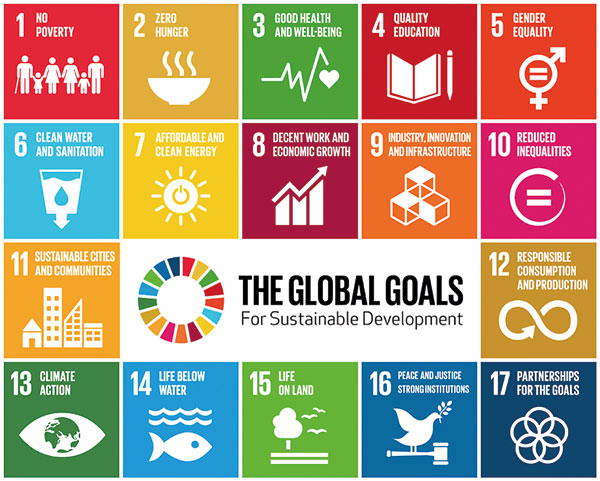Reply To:
Name - Reply Comment
Last Updated : 2024-04-26 15:05:00

.jpg) The Sustainable Development Goals (SDGs), also known as the “Global Goals” came into effect this year. The SDGs are built upon the achievements of the Millennium Development Goals (MDGs), the eight goals that the world committed to achieve, by the end of 2015.
The Sustainable Development Goals (SDGs), also known as the “Global Goals” came into effect this year. The SDGs are built upon the achievements of the Millennium Development Goals (MDGs), the eight goals that the world committed to achieve, by the end of 2015. 
Add comment
Comments will be edited (grammar, spelling and slang) and authorized at the discretion of Daily Mirror online. The website also has the right not to publish selected comments.
Reply To:
Name - Reply Comment
US authorities are currently reviewing the manifest of every cargo aboard MV
On March 26, a couple arriving from Thailand was arrested with 88 live animal
According to villagers from Naula-Moragolla out of 105 families 80 can afford
Is the situation in Sri Lanka so grim that locals harbour hope that they coul